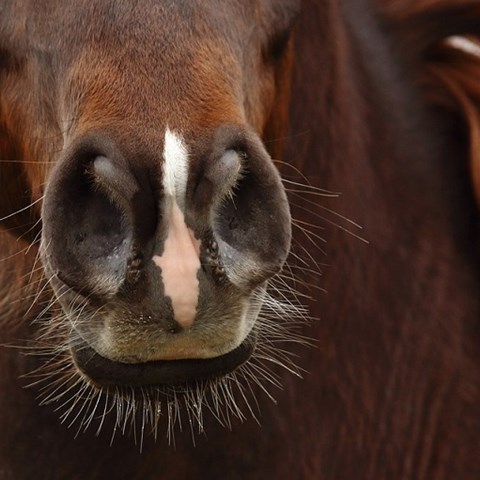Contact
Department of Animal Breeding and Genetics, Department of Animal Breeding and Genetics, Molecular genetics

Analysis of the Y chromosome is the best-established way to reconstruct paternal family history in humans. Here, we applied fine-scaled Y-chromosomal haplotyping in horses with biallelic markers and demonstrate the potential of our approach to address the ancestry of sire lines.
We de novo assembled a draft reference of the male-specific region of the Y chromosome from Illumina short reads and then screened 5.8 million basepairs for variants in 130 specimens from intensively selected and rural breeds and nine Przewalski's horses.
Among domestic horses we confirmed the predominance of a young'crown haplogroup' in Central European and North American breeds. Within the crown, we distinguished 58 haplotypes based on 211 variants, forming three major haplogroups. In addition to two previously characterised haplogroups, one observed in Arabian/Coldblooded and the other in Turkoman/Thoroughbred horses, we uncovered a third haplogroup containing Iberian lines and a North African Barb Horse.
In a genealogical showcase, we distinguished the patrilines of the three English Thoroughbred founder stallions and resolved a historic controversy over the parentage of the horse 'Galopin', born in 1872. We observed two nearly instantaneous radiations in the history of Central and Northern European Y-chromosomal lineages that both occurred after domestication 5,500 years ago.
https://doi.org/10.1038/s41598-019-42640-w
Sabine Felkel, Claus Vogl, Doris Rigler, Viktoria Dobretsberger, Bhanu P. Chowdhary, Ottmar Distl, Ruedi Fries, Vidhya Jagannathan, Jan E. Janečka, Tosso Leeb, Gabriella Lindgren, Molly McCue, Julia Metzger, Markus Neuditschko, Thomas Rattei, Terje Raudsepp, Stefan Rieder, Carl-Johan Rubin, Robert Schaefer, Christian Schlötterer, Georg Thaller, Jens Tetens, Brandon Velie, Gottfried Brem & Barbara Wallner. The horse Y chromosome as an informative marker for tracing sire lines. Scientific Reports (2019), volume 9, article number 6095